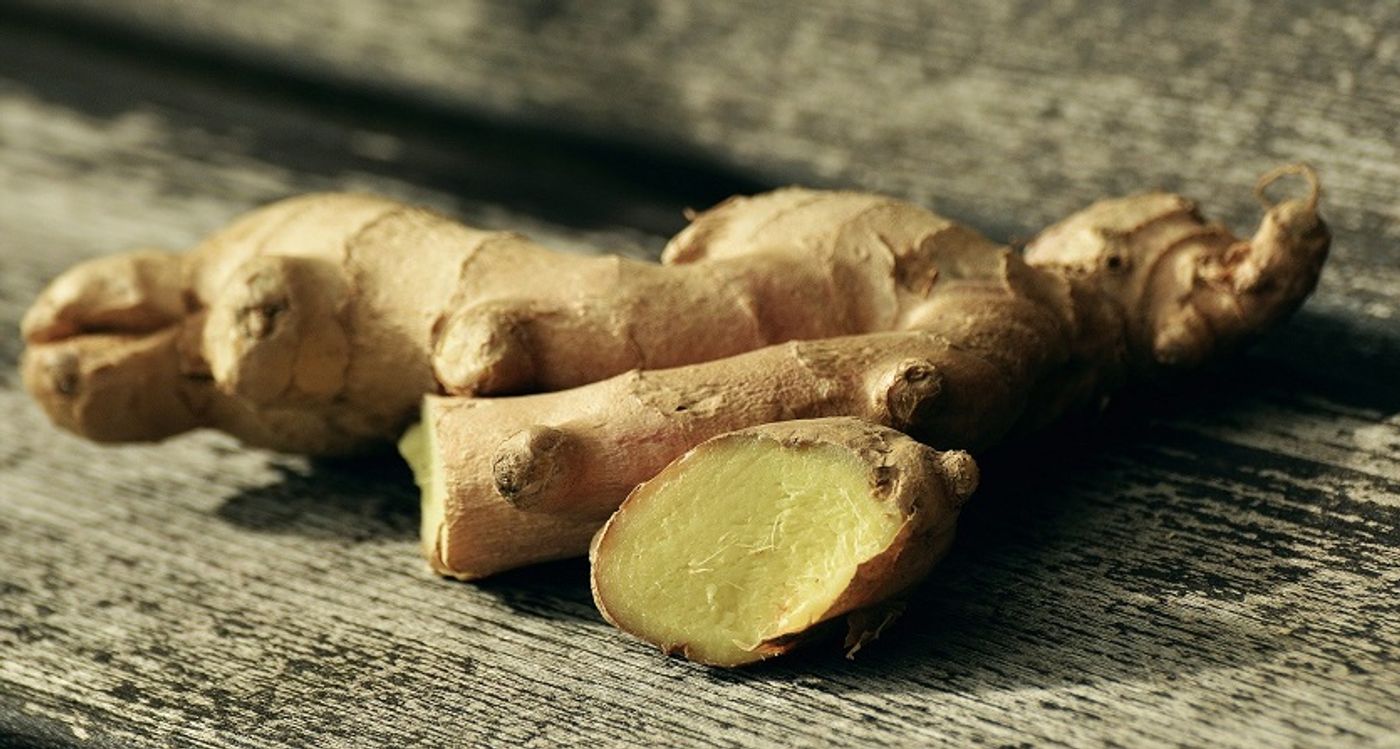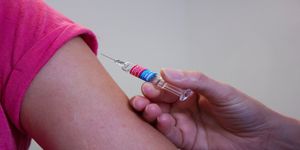Fingerprinting Ginger Extracts and Testing Their Anti-Cancer Abilities
Modern medicine relies on careful study and isolation of compounds or proteins, but many studies point to natural herbal extracts as another route for treatment. However, these extracts are more complicated to deal with, as they are often composed of dozens or hundreds of compounds and proteins.
Many extracts have been identified as anti-cancer agents – such as grape stems and fermented wheat germ extracts. Developing a safe, effective, and reproducible drug from these is a challenge, however. An extract’s composition depends on the methods used, the plant of origin, and even where that plant was grown. All of this makes natural extracts a pain to ensure safety and efficacy.
Some studies have begun to use something called LC-MS (liquid chromatography-mass spectrometry). This is a common technique used in many labs to determine the chemical composition of a sample. With extracts, it could be used to get a chemical “fingerprint” of an extract. This fingerprint could identify slight differences in extracts and be used to classify the extract for regulation.
In a new study, a team from Georgia State University used LC-MS to determine the chemical fingerprint of 22 different ginger samples worldwide. Ginger is a staple in many herbal remedies, and several studies have demonstrated it has an anti-cancer effect. This new study focused on determining which ginger fingerprint could induce the strongest anti-cancer effects on a Triple Negative Breast Cancer cell line.
Analysis of each of the 22 ginger fingerprints found that each ginger sample’s origin region did not significantly change the ginger’s fingerprint. That said, there were slight differences that gave some ginger fingerprints better anti-cancer activity. Further analysis of the fingerprint led to the identification of two compounds, 8- and 10-gingerol, which significantly impacted TNBC cells' growth. They confirmed this by spiking both compounds into a ginger sample with a low 8- and 10-gingerol reading and saw a significant decrease in cancer growth.
This study utilized LC-MS to fingerprint 22 ginger samples from across the world. They found that while the ginger sample's origin did not matter, samples did have slight differences that made some more favorable as an anti-cancer agent. In depth analysis found 8- and 10-gingerol to be the primary compounds facilitating ginger’s anti-cancer activities. It is important to note that this was not an animal study.
The study concludes, “this study showed that high variability among the ginger fingerprint profiles resulting from differences in chemical composition could have a significant impact on efficacy and bioactivity of ginger extracts.”
Sources: Nature Scientific Reports, Memorial Healthcare System









